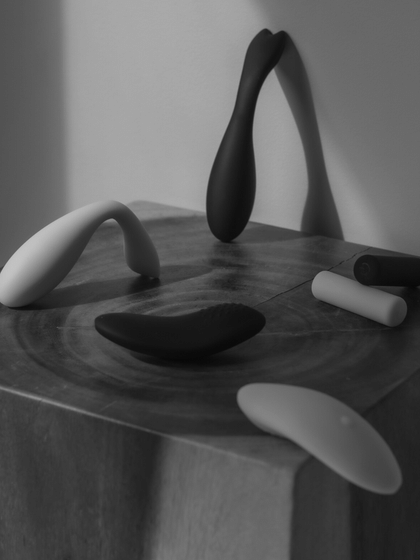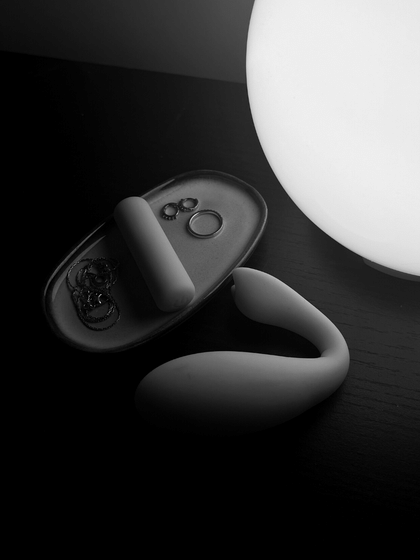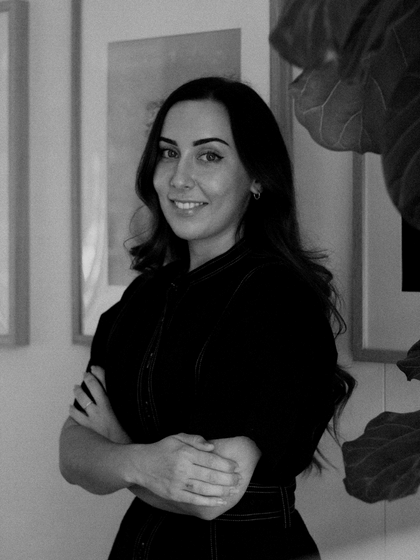Wearing your heart on your sleeve, speaking from the bottom of your heart, feeling heartbroken.
These are idioms that we all commonly hear and use. These concepts carry connotations, cultural and social beliefs, and a lot of history. The concept of the heart, and the actual organ, represent scientific exploration across biology, psychology, and neuroscience, as well as significant cultural progress. Going deep into the history of the heart shines a light on interesting debates about its purpose and meaning.
In the 4th Century BC, Aristotle conceptualised the heart as the most vital organ, and he wasn't the only thinker exploring the heart in the earlier centuries. However, he did foster a strong belief in the cardio centric hypothesis, which many latter thinkers continued to explore for centuries. This hypothesis was the belief that the heart controlled all bodily and emotional functions. As science has proven, the heart is not responsible for doing so. Then why does the idea of the 'heart' as the emotional epicentre continue into our modern life?
Aristotle is renowned for this idea, but Egyptians and Mesopotamians also followed the cardio centric hypothesis. These ideas were opposed by Hippocrates and other thinkers under the cephalocentric hypothesis - believing that the brain was in the driver's seat. For the longest time, Western ancient societies were divided in their thinking. This largely contributed to the dynamic scientific exploration of the heart and the brain into the Renaissance and the modern-day.
Needless to say, alongside scientific progress, the heart became the symbol of love and soul. Cultural belief spearheaded the progression of the idea. We indulged in Shakespeare’s tales of heartbreak and admired painted Renaissance romantic tales. We've been intrigued by the heart so much that we leaned deeper into exploring the impact of emotion on the heart, beyond symbolism and metaphors. This shows up in current psychological and medical studies, such as in the exploration of the Broken Heart Syndrome (aka. Takotsubo cardiomyopathy).
Today, we gift each other heart-shaped chocolates on Valentine's Day to represent our affection, see I(love)NY t-shirts everywhere and finish our texts with the heart emoji to our loved ones. The modern implications of scientific and philosophic exploration and progress are vast. We live in a reality shaped by history. We naturally align the principles of the heart and emotion because we've been doing so for centuries, and will continue building our knowledge, ideas, and imagination for many more.





